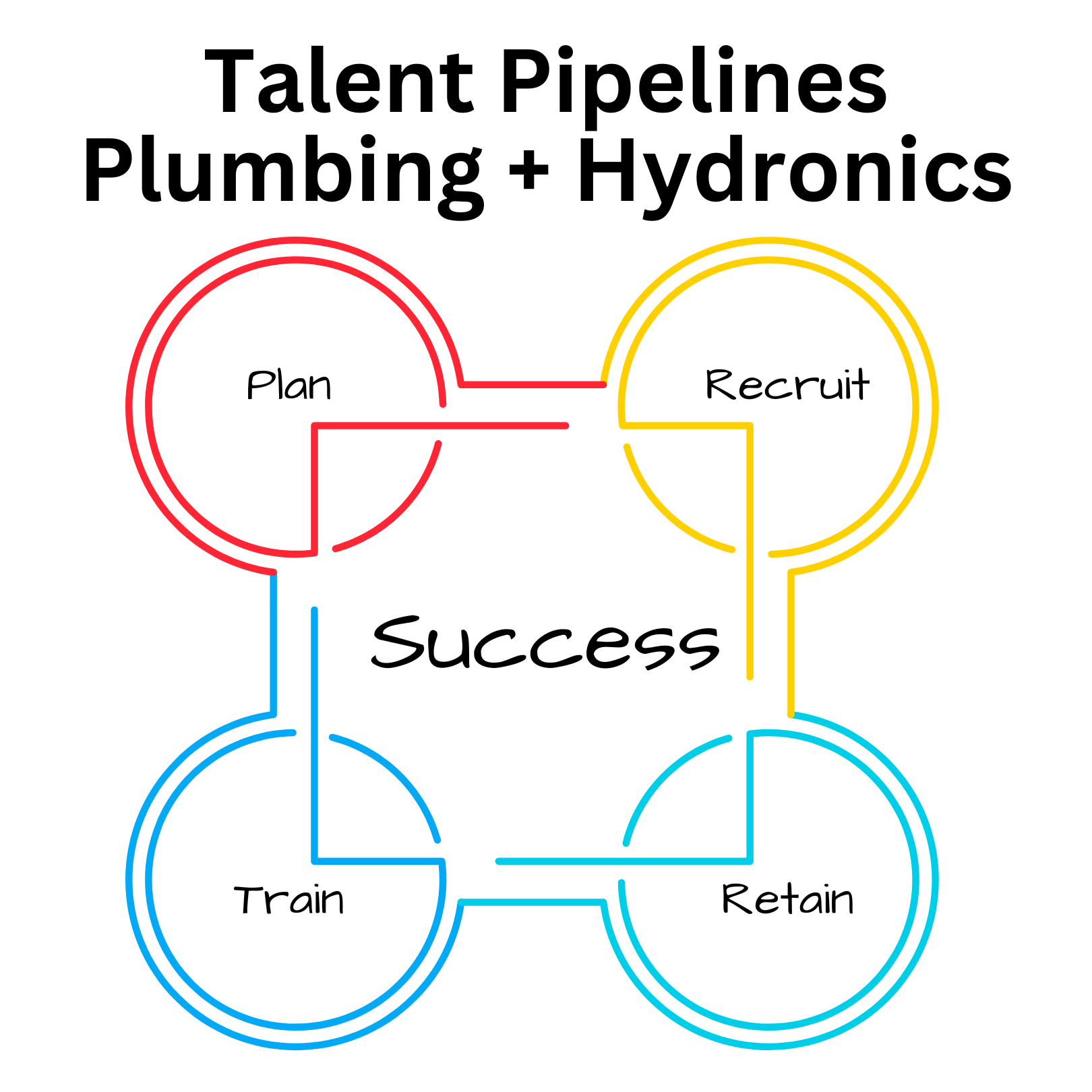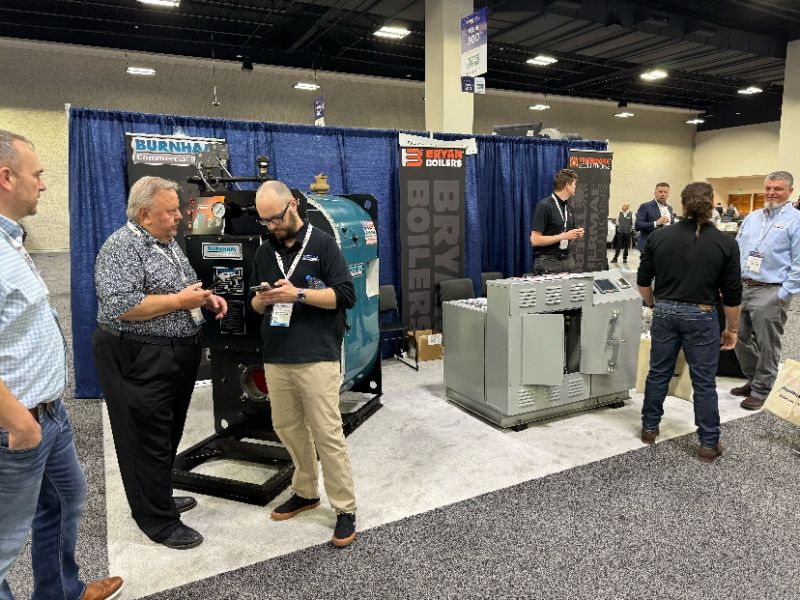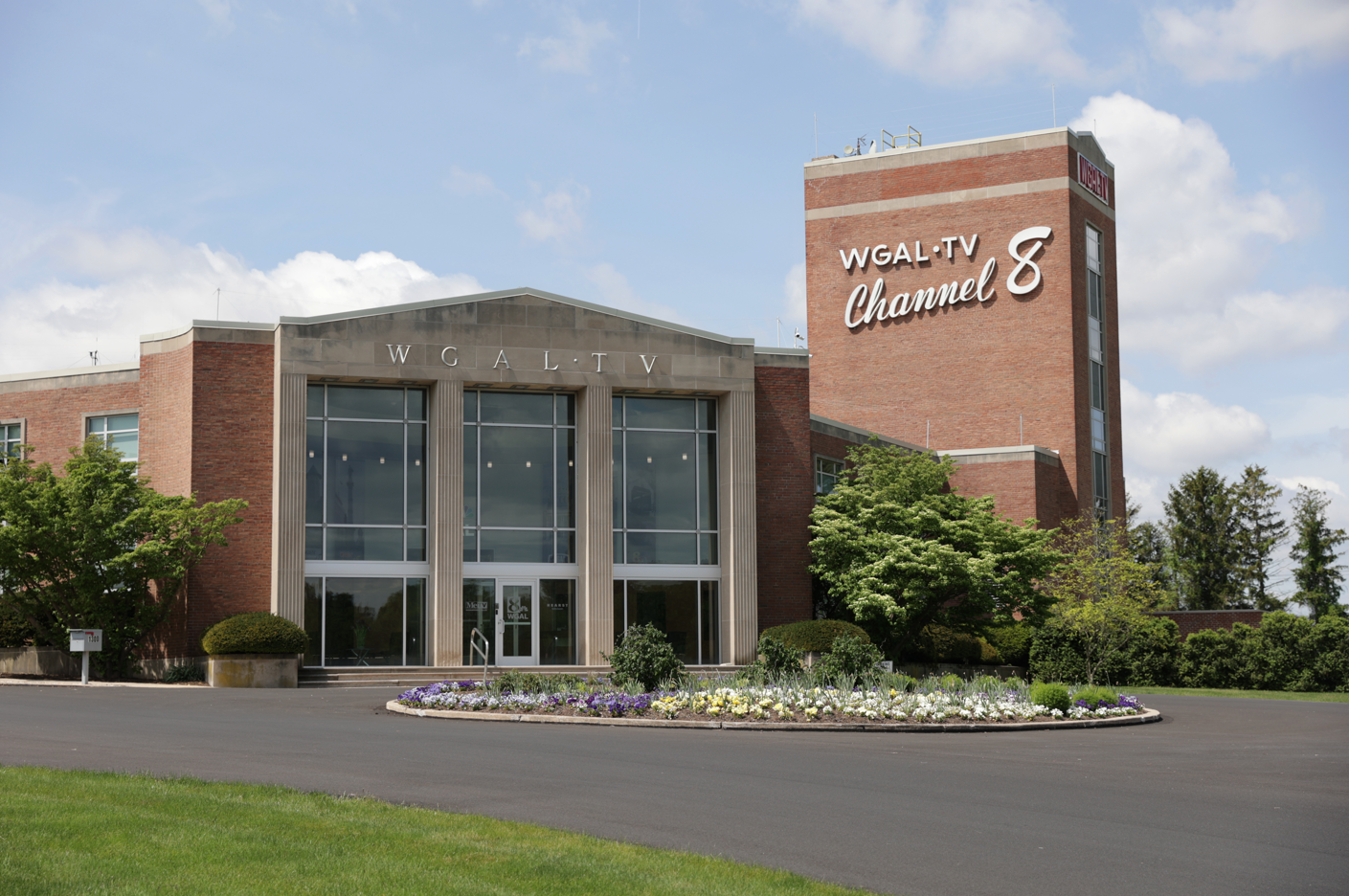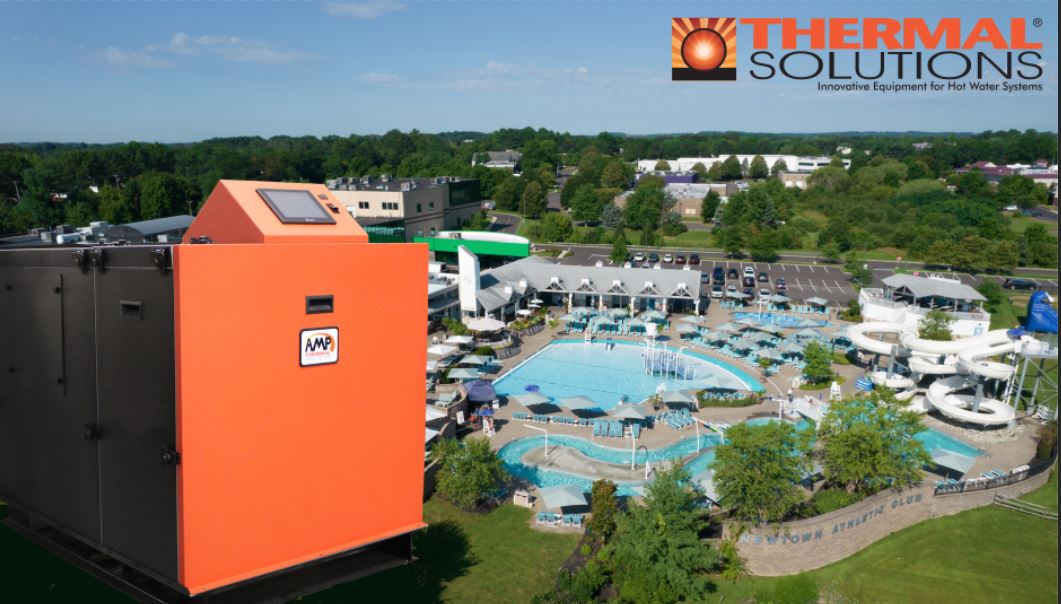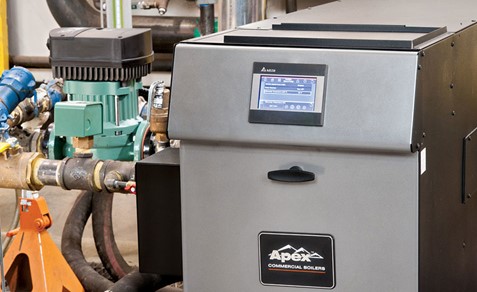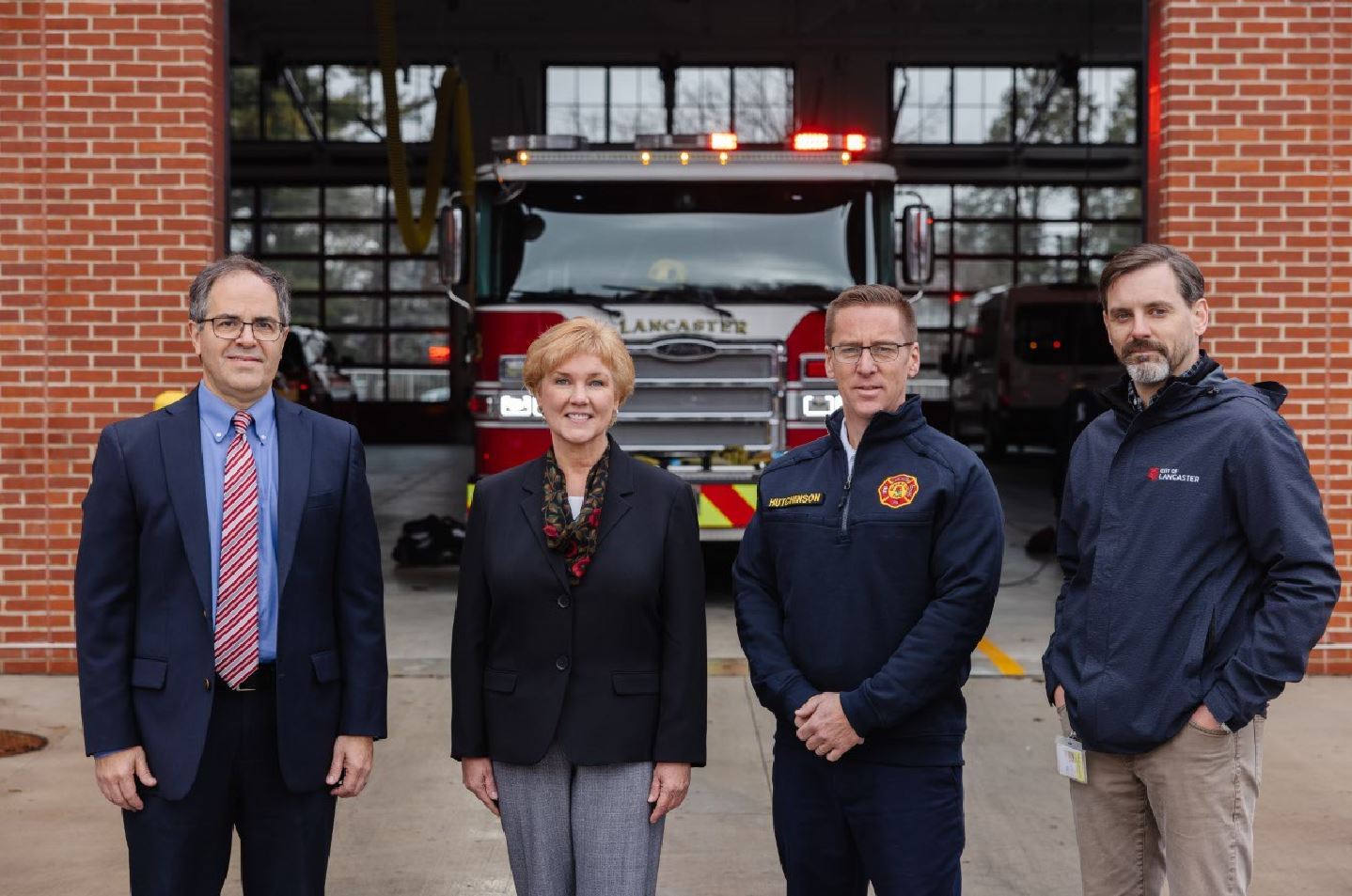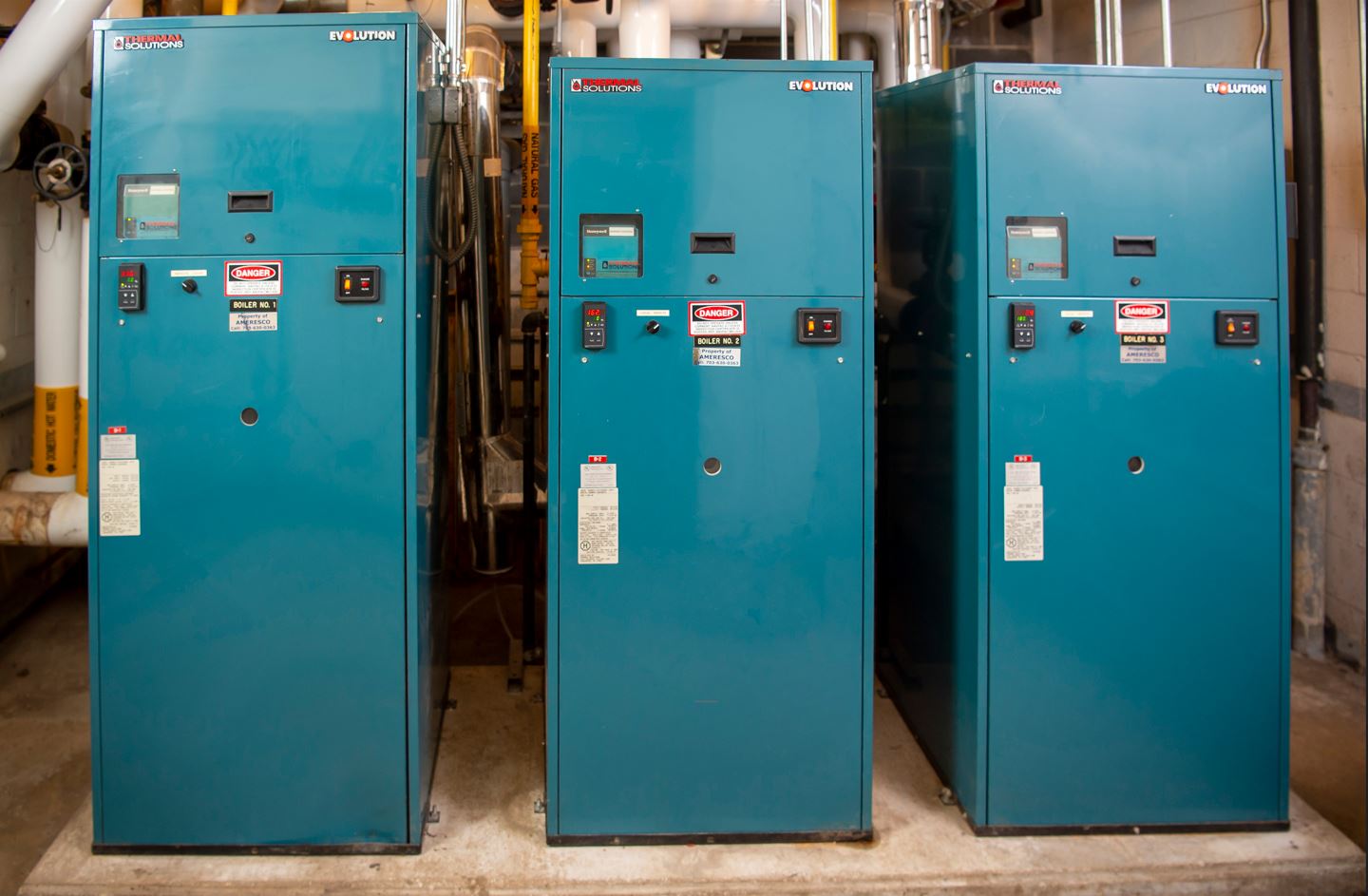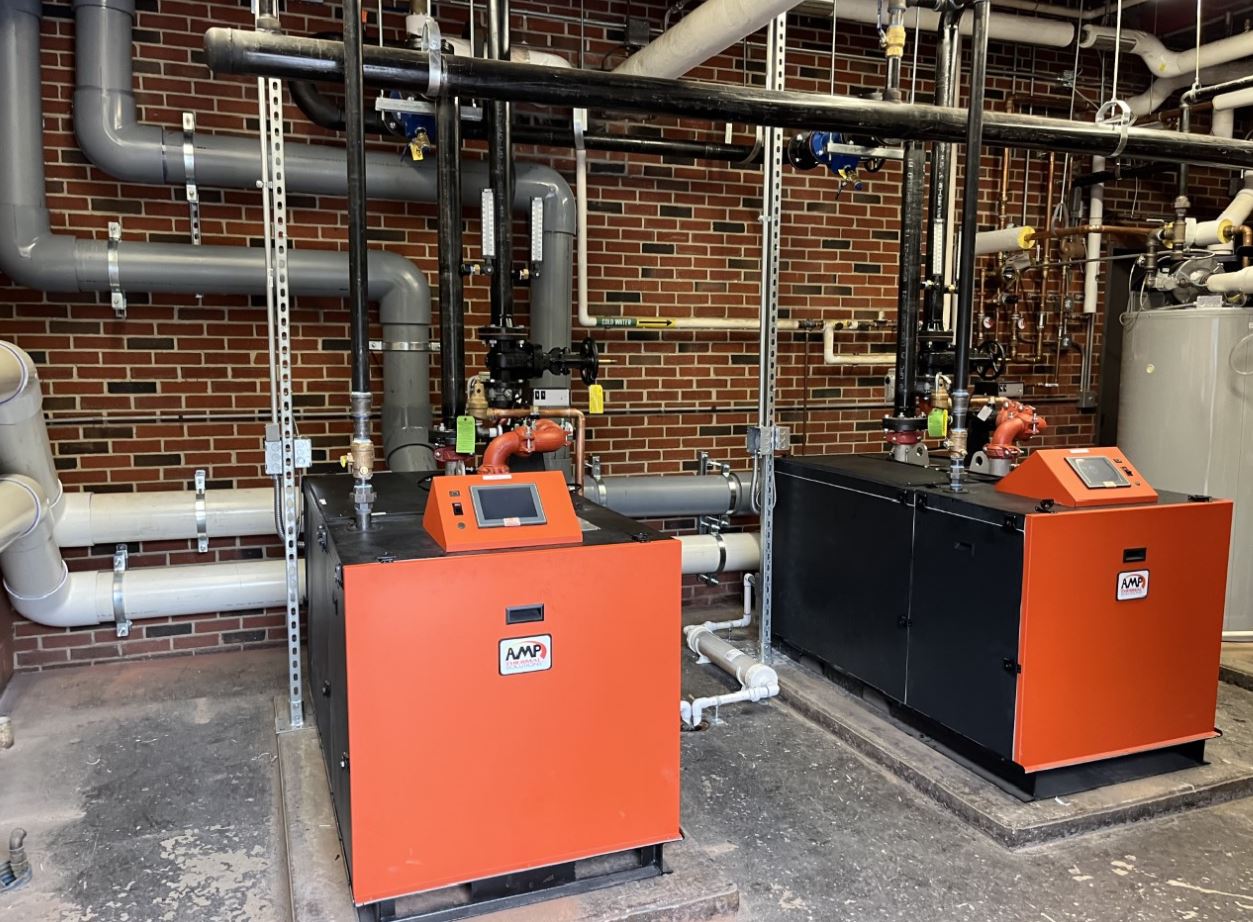 Welcome to “Peril,” a series focused on vertical firetube condensing boilers. Largely based on the “fire” generated from the original whitepaper, “The Perils of Firetube Condensing Boilers”, published January of 2020 and available HERE .
Welcome to “Peril,” a series focused on vertical firetube condensing boilers. Largely based on the “fire” generated from the original whitepaper, “The Perils of Firetube Condensing Boilers”, published January of 2020 and available HERE .
Each addition will provide more detail regarding marketplace trends, competitive products, and assertions from the article. It seems there are many others out there experiencing “Peril”, questioning the vertical firetube condensing design and wondering where to go to next.
Peril’s First Lesson : Change always comes
The KC 1000 condensing boiler appeared in 1988 and 9 years later the Benchmark surfaced in 1997 establishing the “standard” characteristics of what condensing boilers must posses. Oddly the market remains focused on traits of 1st condensing products steeped in “marketing” less pressure drop, variable primary piping, and footprint. This is the high end of the market, 23 years of the same thing is a long time. History shows in the move to higher efficiency, this model has peaked and is under siege from better performing products. Products that combine desired waterside characteristics of 1st models with stress-releasing designs providing longevity and common sense access for service & repair-ability those 1st models (and largest condensing players today) neglect. This should come as no surprise, products get smaller, faster, better, smaller all the time, condensing boilers are not immune to this change.
Let’s start with commercial steel and cast iron folks this past century. Water tube and firetube boilers were constructed and many buildings were built around them. When those boilers needed replacing cast iron sections could be easily hauled in assembled on site and gained favor. These two guys battled each other for decades with cast iron controlling a majority of lighter commercial applications and steel folks moving into larger applications until Mr. Copper boiler showed up representing better efficiency and smaller footprints. (hmmm does this sound familiar?) In about a decade, copper took nearly half of the boiler volume that was previously enjoyed by the steel and cast iron folks and stood atop of the high efficiency boiler market.
The move to copper signifies a market shift to higher efficiency products, a sign of times ahead. Commercial Copper appeared in the late 1980’s and dominance peaked in 1st decade of the 2000’s. Once again (funny how history repeats itself) in about a decade or more, condensing products displaced copper as the high end solution.
This bring us up to today, commercial condensing units (300mbh and up) have surpassed all non- condensing unit volume and are largely still based on the “benchmark” introduction of 1997. History tells us the current run of condensing products based on the introduction 23 years ago is ripe for major change. History tells us the next product of choice within condensing is already here and is displacing units from the top two condensing competitors still “out marketing” their same old message. Look at the ad spend these two giants have, have you seen a trade rag without both of them? A ton of relentless spend that has engineers believing there is no other option, no other choice, no better product….
Are we not at that same moment in time when copper displaced steel & cast iron? Are we not at the same point when condensing took from copper?
The products are here. They are watertubes. They use the same size pumps and the same piping arrangements. They are smaller, they are serviceable, they are repairable, and they are better. Are you ready for change?

